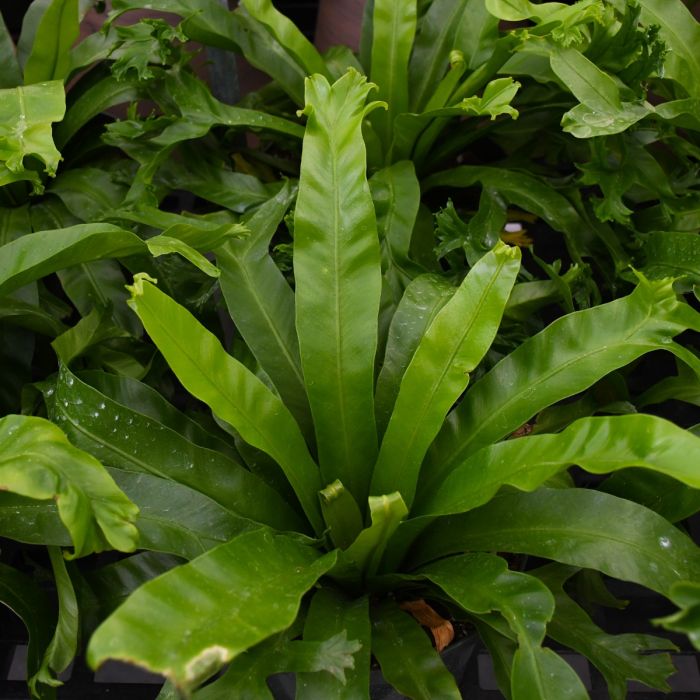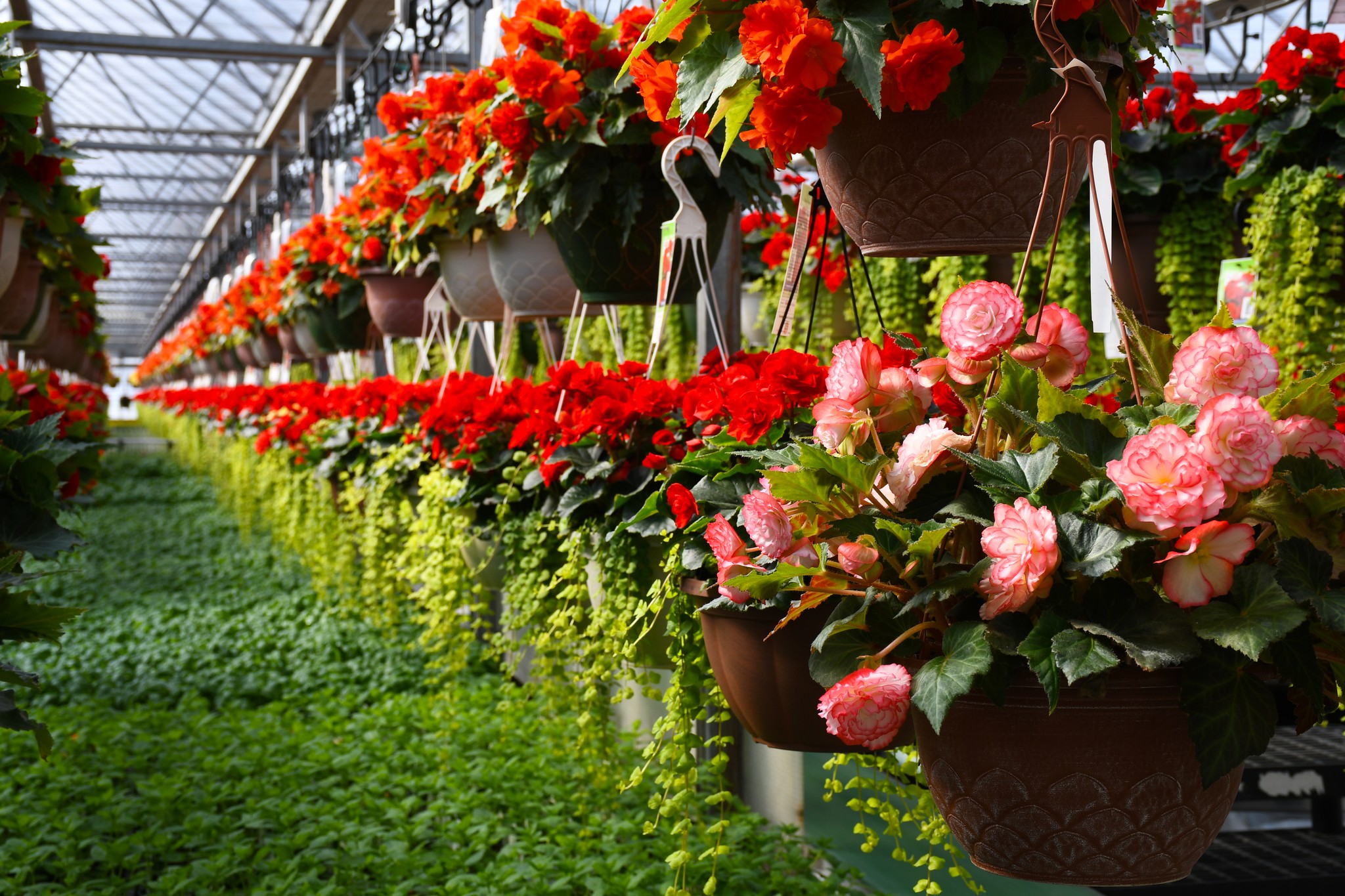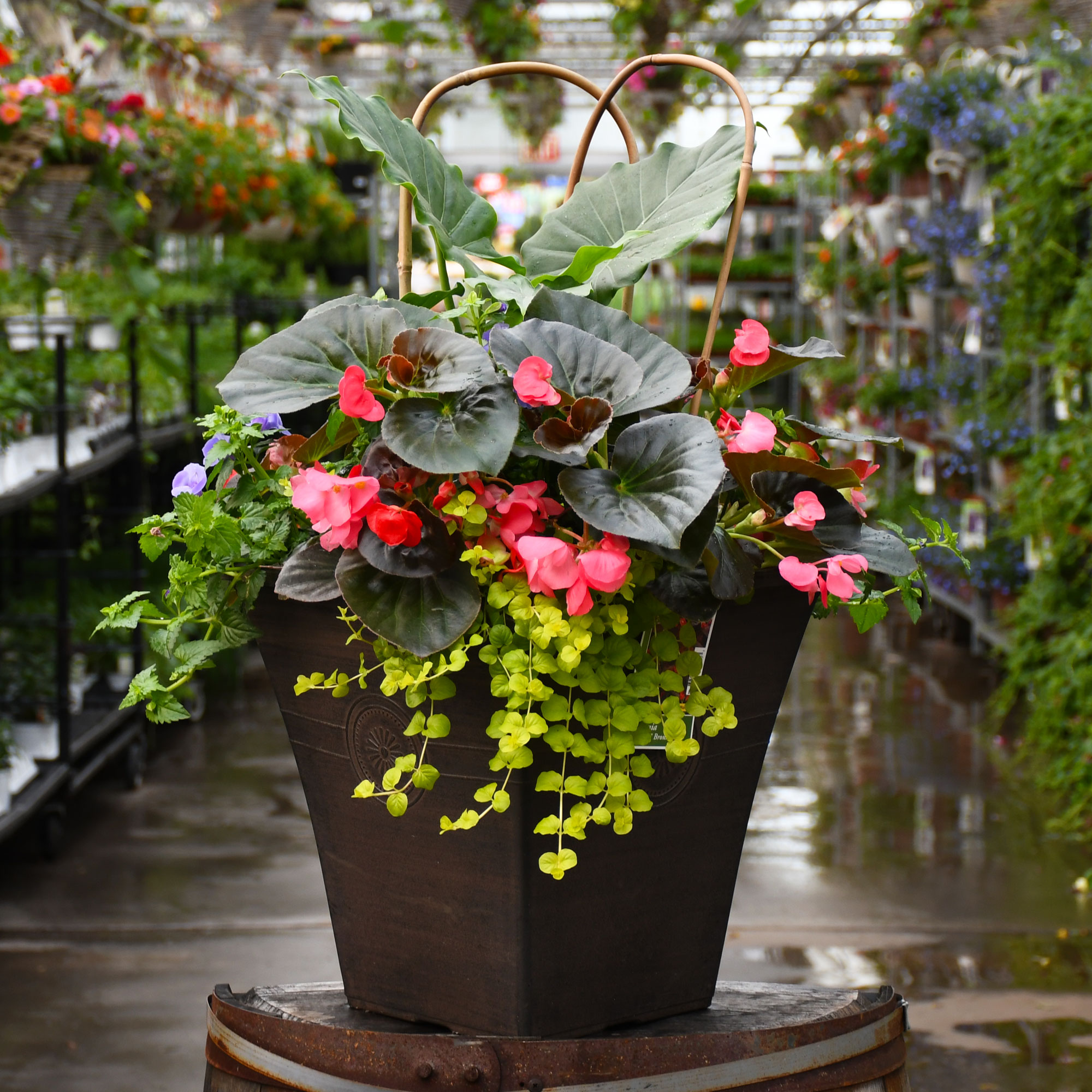Asplenium Nidus 'Bird's Nest Fern'


Out of stock
Temporarily Out of StockDescription
Asplenium nidus
Native to tropical regions such as southeast Asia, Australia, east Africa and Hawaii to name a few, Bird’s Nest Ferns (Asplenium Nidus) are typically found in palm trees. Given the right indoor environment, they will thrive and make for a wonderfully unique houseplant. Water every 1-2 weeks, allowing soil to dry out half way down between waterings. Expect to water more often in brighter light and less often in lower light. Do not water directly into the center of your fern, but instead, water around it.
Direct from the Grower
When you see the Gerten Grown logo on our annuals, you know you're getting a fresh plant directly from our greenhouse. We've been perfecting our growing process for over four generations and pride ourselves on providing local quality and freshness to our customers. Better pricing on better quality plant material, that's Gerten Grown.
More Information
| Common Family Name | Fern |
|---|---|
| Plant Life Cycle | Indoor Plant |
| Mature Height (Range) | 13" - 24" |
| Mature Spread (Range) | 12" - 24" |




